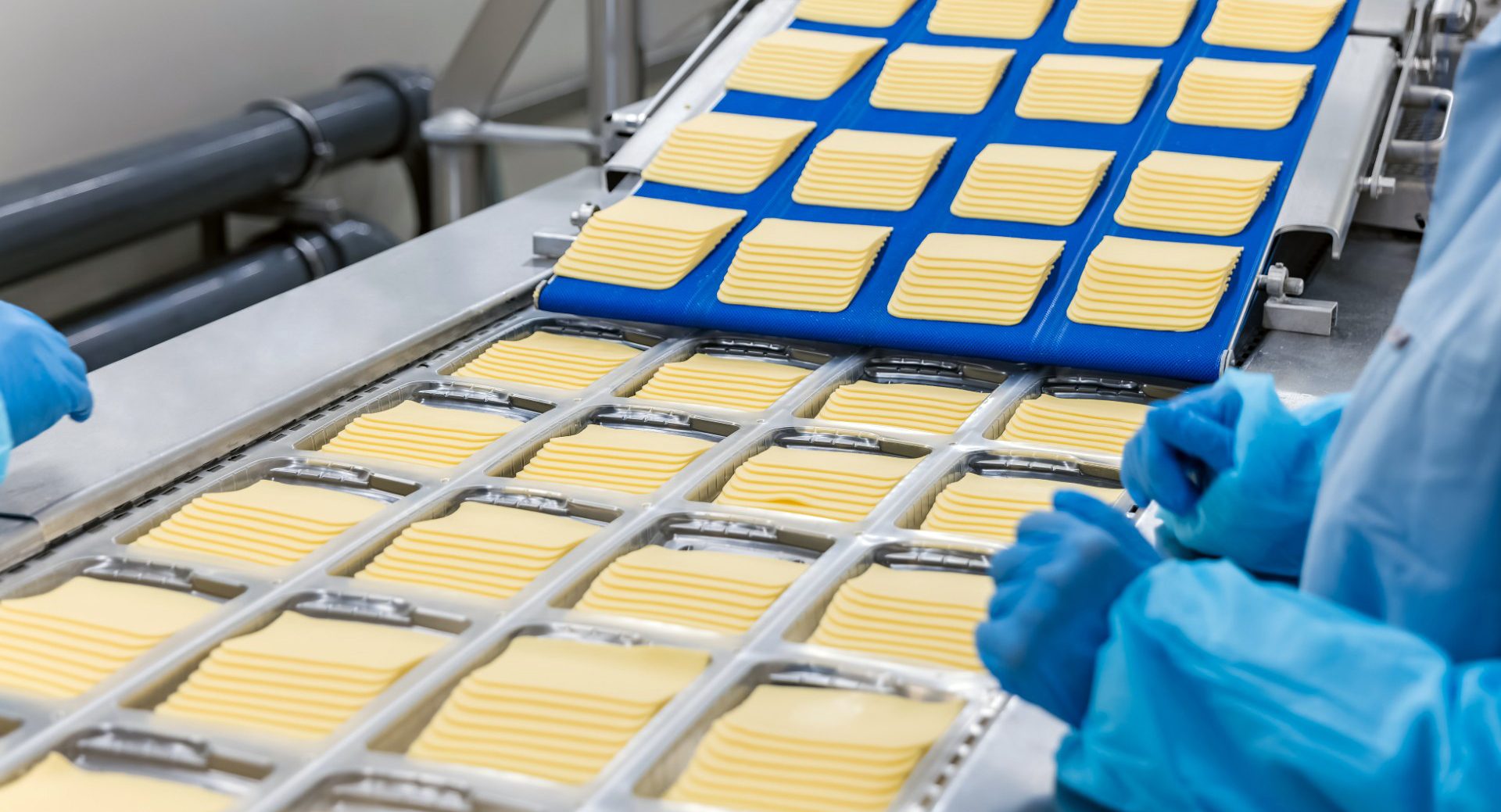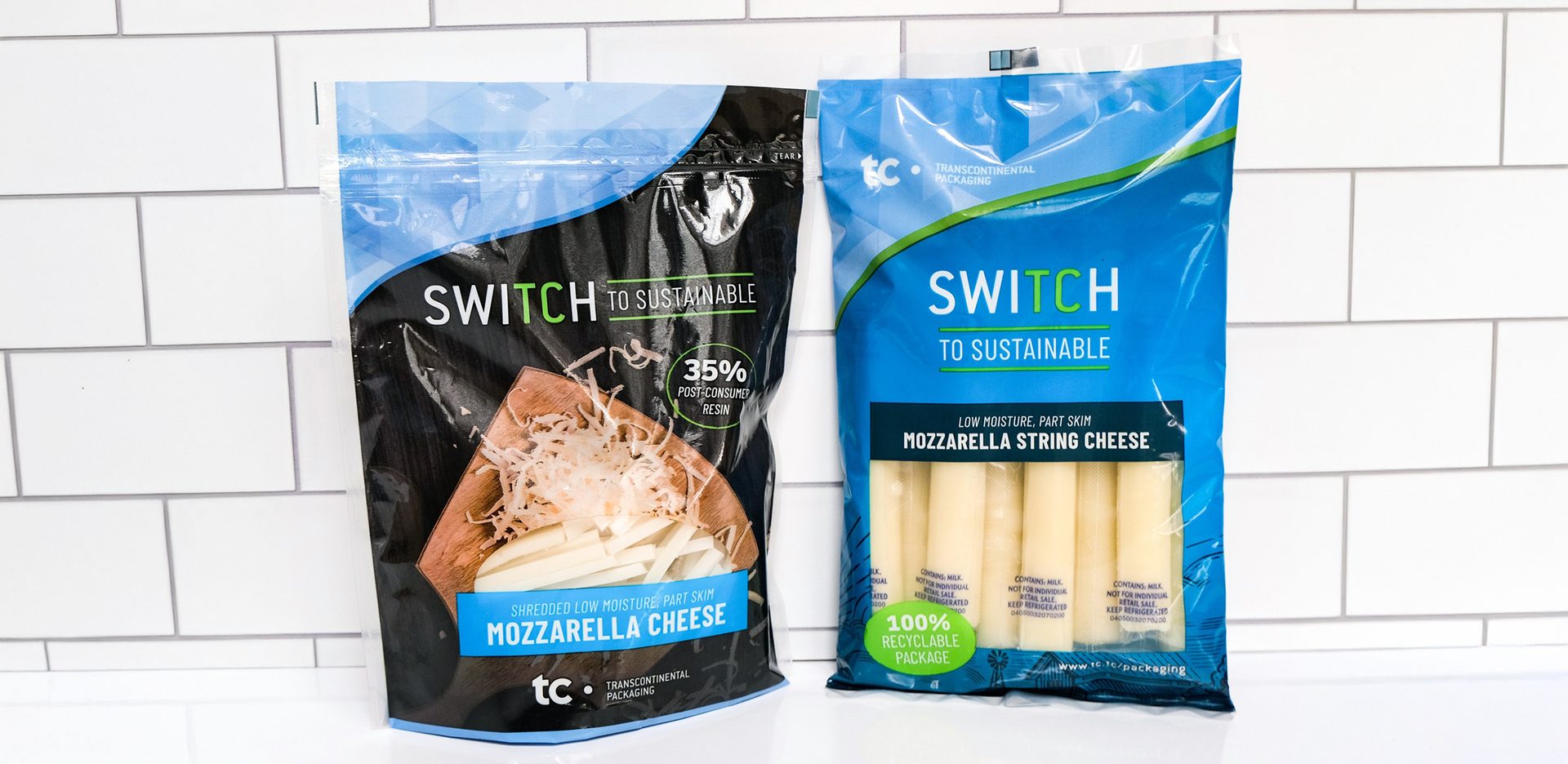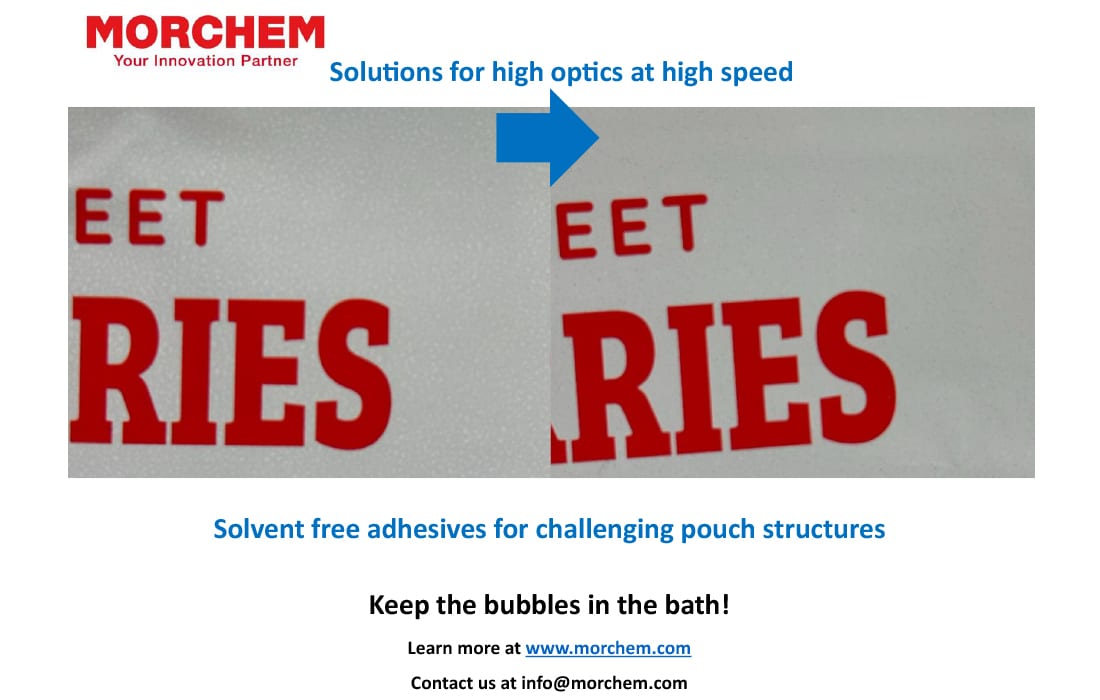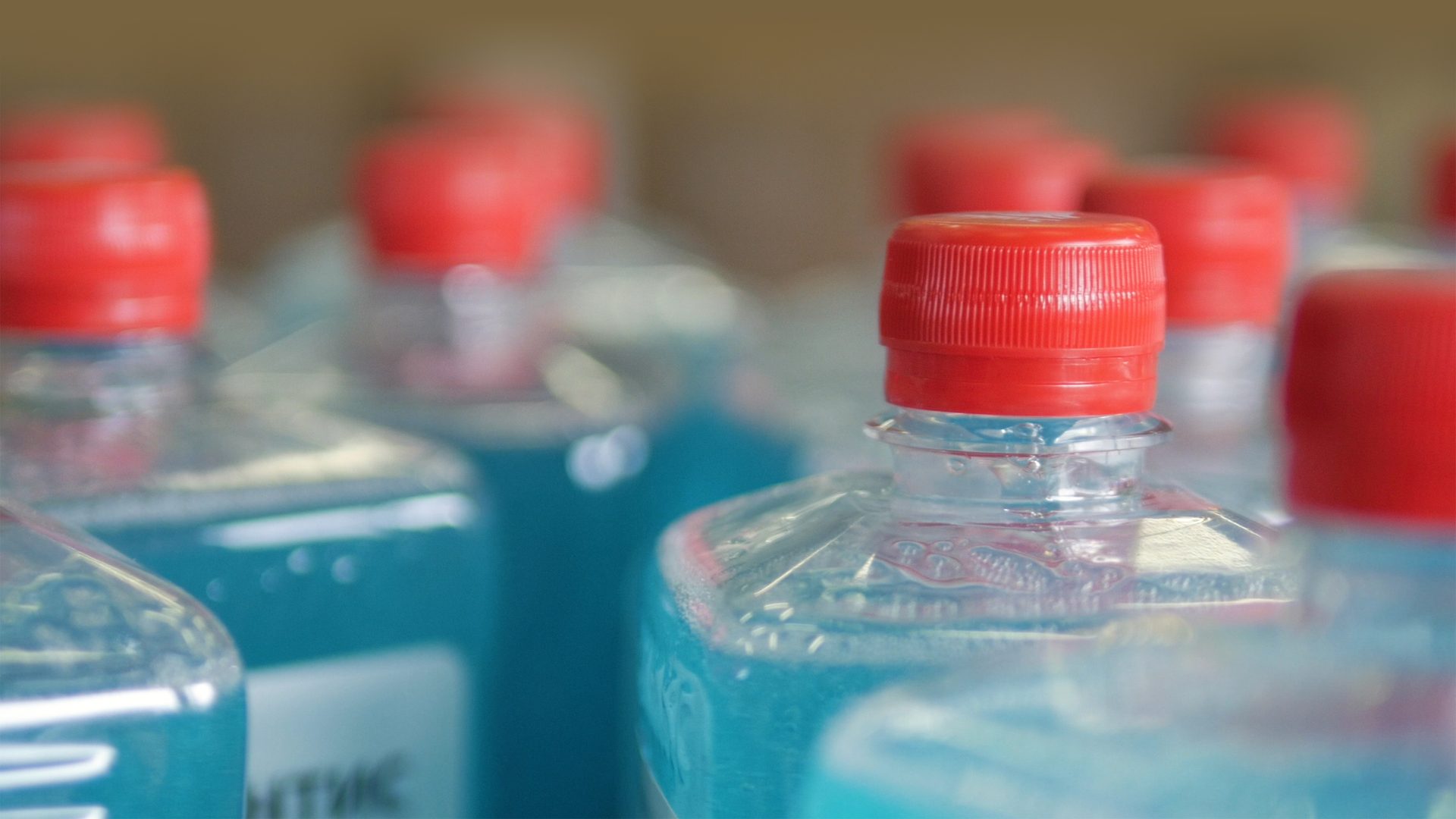
Trends in Primary Packaging for the Dairy Industry

Primary packaging in the dairy market is seeing improvements in sustainability and versatility.
By Bobby Douglas
In the dairy industry, primary packaging plays a crucial role in protecting products, preserving quality and delivering convenience to consumers. From the familiar milk jug to high-barrier yogurt cups, primary packaging is the first layer of containment that directly touches the product, making it essential for both functionality and safety.
The importance of primary packaging in the dairy sector can be demonstrated through its market reports. Per Precedence Statistics, the dairy product packaging market size is predicted to reach over $51 billion by 2032. Additionally, the unique properties of dairy products also underscore the immense need for innovative primary packaging solutions as well.
“Most dairy products pose a critical risk when it comes to product spoilage and safety,” said Ryan Spencer, Product Marketing Manager, MULTIVAC. “Since many dairy products are considered ready-to-eat, the safety concerns are elevated.”
“In addition, many dairy packages are “multiple use” in the sense that the consumer does not use all of the product at the time the package is first opened, so reclosing features such as zippers, press-to-close and others are key considerations when developing the packaging concept,” Spencer continued.
MULTIVAC is one of many companies that have been on the cutting edge of dairy packaging innovation, with several applicable offerings for the industry.
“MULTIVAC specializes in modified atmosphere packaging — whether that is thermoform packs, trays or preformed pouches,” said Spencer. “No other packaging equipment supplier offers the combination of cutting-edge equipment technology, ease of use, longevity, and support services that MULTIVAC does.”
ADVERTISEMENT
Embracing Flexible Packaging
The shift toward flexible packaging has been a key trend in dairy. Packages like pouches, sachets and bags offer suppliers an option that is typically easier to handle, more sustainable and more customizable than most rigid options.
“To keep up with new consumer preferences, flexible packing is one of the best solutions to keep products fresh and protected,” explains Tim Kieny, Director, VP of Strategic Marketing, Dairy, Protein, & Pet Food, TC Transcontinental. Consumers also want packages that are convenient, easy to open and re-close, and easy to serve. They also look for various sizes of packages that protect the product before and after opening.”
Like MULTIVAC, TC Transcontinental is a key player in primary packaging for dairy applications, having developed a myriad of solutions for products like cheese and yogurt.
“TC Transcontinental Packaging offers a nearly one-stop shop portfolio of packaging to the dairy industry. For over 50 years we have offered virtually every format of primary flexible packing for cheese applications like shreds, chunks, slices, stick & string, snacking, foodservice shreds, and cream cheese,” said Kieny. “In addition, we offer die cut lidding and tubes for yogurt applications. All these solutions utilize our proprietary technologies and incorporate an end-to-end vertically integrated manufacturing supply chain.”
Within the flexible packaging sphere, pouches have become increasingly popular among dairy packaging suppliers, as their versatility in sizes, materials and closures allow for a high level of shelf-appeal in retail settings.
An ongoing trend in retail is stand-up pouches,” said Michael Sachau, VP of Sales, Dairy, Protein, & Pet Food, TC Transcontinental. “They offer great shelf appeal which encourages purchases, [and they] also attract consumers with features like re-closable zippers, easy-opening tear notches and brilliant graphics.”
While there is immense value to embracing flexible packaging, there are some issues that can arise.
“One disadvantage of flexible packaging is it offers less protection from physical damage during shipping and handling than a rigid pack,” noted Spencer.

MULTIVAC is just one of many companies driving innovation in primary packaging for dairy.
Courtesy of MULTIVAC
Continued Focus on Sustainability
As with all areas of packaging, sustainability is top of mind for suppliers and consumers alike. With consumers specifically, sustainability is one of the biggest factors when it comes to their purchasing decisions. According to a report published earlier this year by Shorr Packaging, as much as 90% of consumers are “more likely to buy from brands with sustainable packaging.”
Additionally, the same study found that over half of consumers had consciously bought products with sustainable packaging within the previous six months of their responses. These consumer trends, in tandem with current and expected legislation demanding packaging that is more eco-friendly, prove that the sustainability movement isn’t going anywhere. As a result, companies are placing an enhanced emphasis on making sure that their products are not only effective, but sustainable as well.
“Sustainability is a key consideration for MULTIVAC — in our day-to-day operations, our product development, and the benefits we deliver to our customers,” said Spencer. “Our goal is to reduce and eliminate our negative environmental and social impact. We place great importance on our business's impact — both within our own business activity and beyond.”

TC Transcontinental offers a wide variety of flexible packaging solutions for dairy products.
Courtesy of TC Transcontinental
“TC Transcontinental Packaging is the supplier of choice for sustainable packaging solutions in the cheese and dairy market. As a proud signatory of the Ellen MacArthur Foundation’s New Plastics Economy Global Commitment, we’re deeply committed to building the sustainable, circular economy of the future,” added Sachau.
“We’ve backed this commitment with a massive capital investment in a BOPE line to accelerate the commercialization of cutting-edge, biaxially oriented, recyclable, mono-material structures, at scale. These new advanced structures - pre-qualified for dairy applications by HOW2RECYCLE® - expand our vieVERTe® sustainable films portfolio and build upon our existing Envio™ and Halo™ product lines.”
The Power of Adaptation
With different materials and consumer preferences always coming to light in the dairy packaging space, companies have to be comfortable adjusting to these trends in order to remain competitive in the industry.
“Traditionally, our customers rely on us to offer them packaging options that maintain freshness, protect quality, appeal to consumers and remain cost effective,” said Kieny. “Increasingly, customers are prioritizing sustainable solutions, [and] TC Transcontinental Packaging continually invests in R&D to keep our customers at the forefront of the latest technologies.”
“Our customers approach us with a very wide variety of priorities,” noted Spencer. “Sometimes they want to move to a more automated production process. Others are growing businesses and need better shelf life as their distribution footprint gets wider or need to upscale production quickly after winning a large contract. Others want new packaging concepts to make their products more attractive to consumers. We have built our business by listening to and serving these priorities, ensuring our experience and strengths help customers achieve their packaging goals.”

